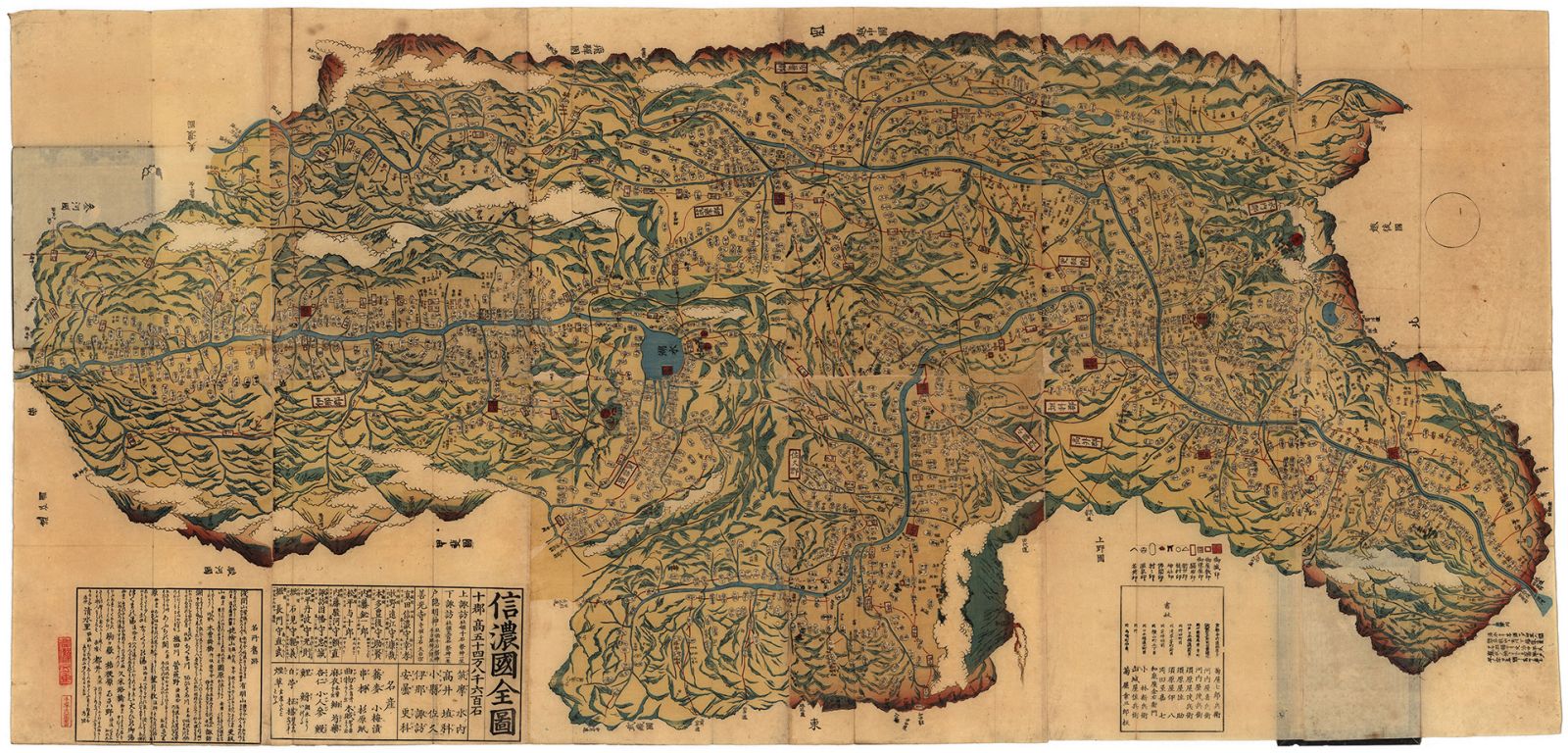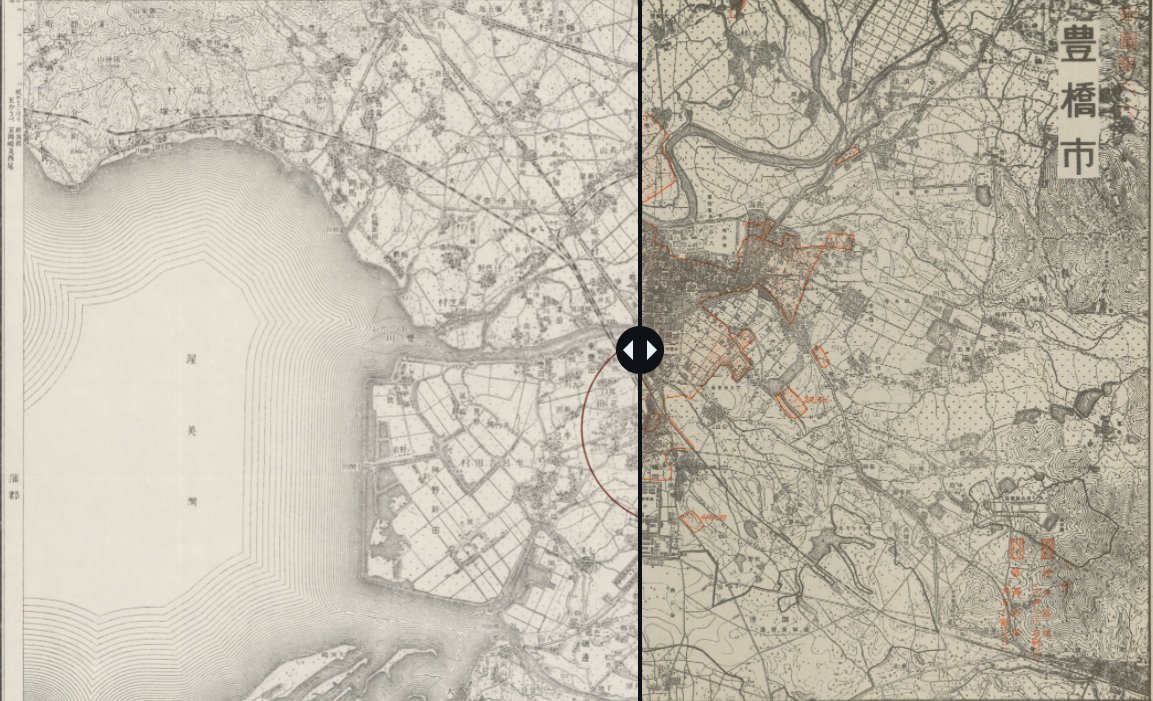Student Projects

"Jappalachia": Connections Between the Appalachian Trail and Japan's Shinetsu Trail
by Sarah Adams, Yale College '20.
"Jappalachia": Connections Between the Appalachian Trail and Japan's Shinetsu Trail, explores the relationship between Japan’s Shinetsu Trail and the United States’ Appalachian Trail (AT), two nationally funded long-distance trails established during times of increasing industrialization in which people’s relationships to the environment were changed. Though some of these connections may be surprising, the relationships between the two trails reveal the manifold purposes and unique aspects of the places they serve. The two trails also reflect the power of transnational connections, largely made by the lead founder of the Shinetsu Trail, nature writer and backpacker Katō Noriyoshi (1949–2013). Katō’s interest in American environmental thought and local pride in the environment profoundly shaped the creative and organizational aspects of the Shinetsu Trail.

Fragments of the Incendiary Bombing of Japan
by Dylan Siegel, MA '21.
Nearly 70 Japanese cities were incendiary bombed in the final months of the Pacific War when Japan’s empire had vastly shrunk, it had become obvious their defeat was imminent, and any possibility of a durable defense had disappeared. After capturing the island of Iwo Jima, the United States was able to mount a sustained and effective bombing campaign against the Japanese archipelago, often carrying out multiple bombing raids in a single night.
The most well-known of these incendiary air raids was in Tokyo, on the evening of March 9-10, 1945. Large swaths of Tokyo became a simple wasteland and more than 100,000 people died in a single night. The bombing campaigns focused on other cities of comparable size, like the industrial hub, Osaka, or the port city, Nagoya. But, simply put, there were only so many major industrial cities for the United States to target. So, their targets gradually turned to small and medium size cities with little industrial value or output.
The Tokyo incendiary raid also caused thousands of people to flee for the countryside, recognizing that the capital and industrial hub would not be safe. The unfortunate coincidence of this, is that as populations swelled in Japanese people’s ancestral hometowns, the United States began bombing many of those cities. Moreover, as American military documents and scholarship show, the means of targeting Japanese cities had long privileged a strategy of area destruction over precision air targeting, which explicitly meant more civilian casualties. But this was an overt tactic from the United States, what one scholar has called “morale bombing”––an effort to not only physically, but psychologically destroy the enemy. The incendiary bombings of Japan killed at least 187,000 people. According to U.S. military records, the average percentage of Japanese cities destroyed by incendiary bombs was 49.18%.
This project provides an overview of incendiary raids across Japan, specifically in Toyohashi, Toyama, and Aomori, while also focusing on the formation of regional remembrance societies, often taking the format of “[City] Society to Pass Down the Air Raids” (空襲を語り継ぐ会) and the building of memorials.